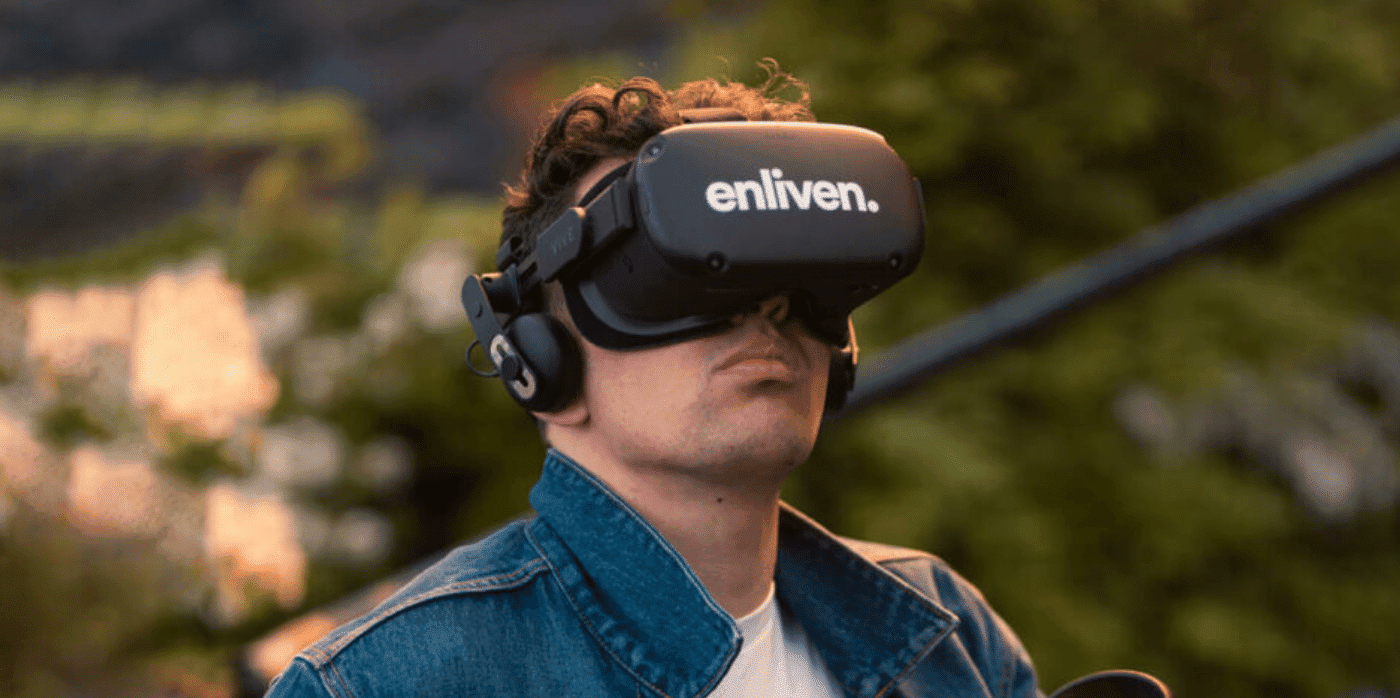
Spotted: When most people think of virtual reality (VR), they think of entertainment. But Dutch startup Enliven has a different idea. The company is using VR to create a more understanding and empathetic society. Started by Iranian refugee Alex Tavassoli, who arrived in the Netherlands as a young child, the company is developing VR tech that allows users to see and feel the world from the point of view of those experiencing bullying, discrimination, inequality, and sexual harassment.
Enliven has developed software to run on VR headsets, such as the Oculus Quest. Enliven only sells the software, but does work closely with hardware manufacturers and distributors. The target audience for its platform is companies conducting employee training sessions, but the company has also developed software on the themes of domestic violence and mild mental disability together with the Dutch Ministry of Justice and the Dutch Probabation Service.
According to Enliven, the approach of putting oneself into the virtual shoes of those experiencing crisis has been demonstrated to increase awareness of the emotional and mental impact of destructive behaviour. It claims the experience also improves the chances that users will recognise and adapt their own behaviour.
In addition to providing software, Enliven provides companies with training in how to use it and can also develop bespoke VR to address specific situations. Tavassoli is clear, however, that his biggest motivation is to increase compassion, saying that, “every time someone experiences our content, they are exponentially more likely to act against domestic violence, bullying, or discrimination.”
At Springwise, we have seen VR used in a number of innovative ways, including to test cognitive skills and in the treatment of phobias. This is the first application we have seen that aims to increase empathy and compassion. However, Enliven is keen to point out that the platform is no panacea, saying, “The VR simulation must always be part of a training or course. After the virtual reality experience made its impact, it is up to you as trainer or teacher to turn this into effective (behavioural) change.”
Written By: Lisa Magloff

